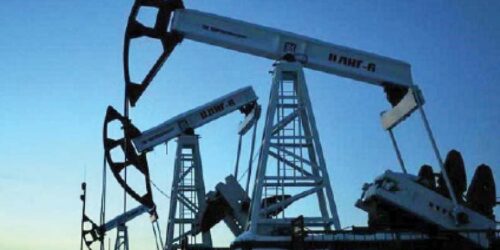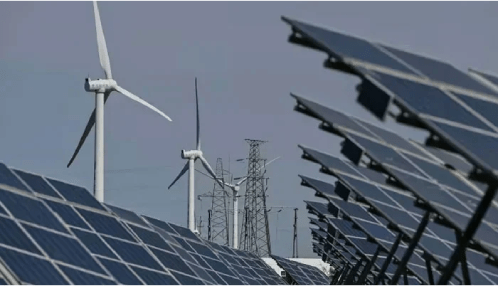As the United States slowly begins to recover from the economic low-point of the pandemic, some states are getting left behind. Jobs numbers are creeping up around the country, but five states — Alaska, Hawaii, Wyoming, New Mexico and Louisiana have not yet recovered more than half of the jobs lost over the course of the pandemic according to a recent report from Fitch Ratings based on data gathered in August.
Notably, of these five states, Hawaii is the only one that doesn’t count oil and gas as a key part of its economy. The oil sector had a roller coaster ride during the development of the novel coronavirus pandemic, which took the bottom out of global oil demand in early 2020. This contraction was followed by a spat and then all-out oil price war waged between the leading OPEC+ members of Saudi Arabia and Russia. The ensuing oil glut maxed out global oil storage and pushed oil prices into the previously unthinkable negatives. On April 20, 2020 the West Texas Intermediate crude benchmark ended the day at nearly $40 below zero per barrel.
Things have turned around, to say the least. At the time of writing, the West Texas Intermediate benchmark stood at $83.47 a barrel. In 2020 oil supplies were so high that owning oil was a liability. Today, Saudi Arabia is now warning that the world’s spare oil capacities are falling rapidly and has urged for greater investment in production. This has led to the addition of oil jobs in some areas. Texas added 2,900 oil exploration and production jobs in September alone.
Other oil sectors, however, continue to struggle. Alaska, and in particular the Alaskan oil industry, has been hit hard. In April, the International Energy Agency (IEA) announced that Alaskan oil production had hit a 40-year low. In-state oil jobs are at a 15-year low. “Most other trades have seen positive growth over the last year,” The Anchorage Daily news reported this week. “Still, the Alaska workforce remains 25,000 jobs below pre-pandemic levels.”
In one illustrative case in January of this year, Donald Trump opened up the Arctic National Wildlife Refuge (ANWR) to would-be oil drillers as one of his last actions before leaving office. But when the auction took place, almost no one showed up. While the last couple of years have been particularly hard for Alaskan oil, it’s likely that this winter is going to be even harder. “It’s going to be lean times, which affects the state in the long-term,” Dave Cruz, owner of oilfield services company Cruz Construction told the Anchorage Daily News. “People who have jobs out there should take care of them. There’s not much out there this winter.”
Industry insiders have projected that the delayed effect of rebounding oil demand and the current oil price rally will reach the Alaska job market sometime next year, but the prognosis is grim for the rest of 2021. Furthermore, there are a lot of factors that might keep Alaskan oil from ever rebounding to pre-pandemic levels — which, it should be said, were already very low compared to the heyday of Alaskan oil.
Indeed, there is a whole lot standing in the way of an Alaskan oil renaissance. After oil companies slammed the brakes on Alaskan oil projects during the pandemic due to bottomed-out oil prices and concern for worker safety, starting back up is a slow process. Plus, Hilcorp bought out BP’s Alaska assets and, in doing so, left hundreds of workers behind.
And then there are all of the external factors. Previous drilling approvals handed down by the Trump administration have been walked back due to failure to comply with environmental standards. The Biden administration is trying to push forward a clean energy agenda which may not bode well for Alaskan oil drillers — and the Democrats are far from alone in their distaste for drilling in the great white north. Nearly all of the major banks are completely divesting from drilling in the ecologically vulnerable Arctic.
The divestment trend is likely to continue. Around the globe, world leaders are starting to get serious about combating climate change. And, as we speak, tens of thousands of representatives from all corners of the globe are headed to Glasgow for the 26th annual United Nations Framework Convention on Climate Change (UNFCCC), known as COP26, where they will work on furthering the global agenda to curb greenhouse gas emissions. No matter how that agenda develops, you can be sure that it won’t bode well for Alaskan oil.







